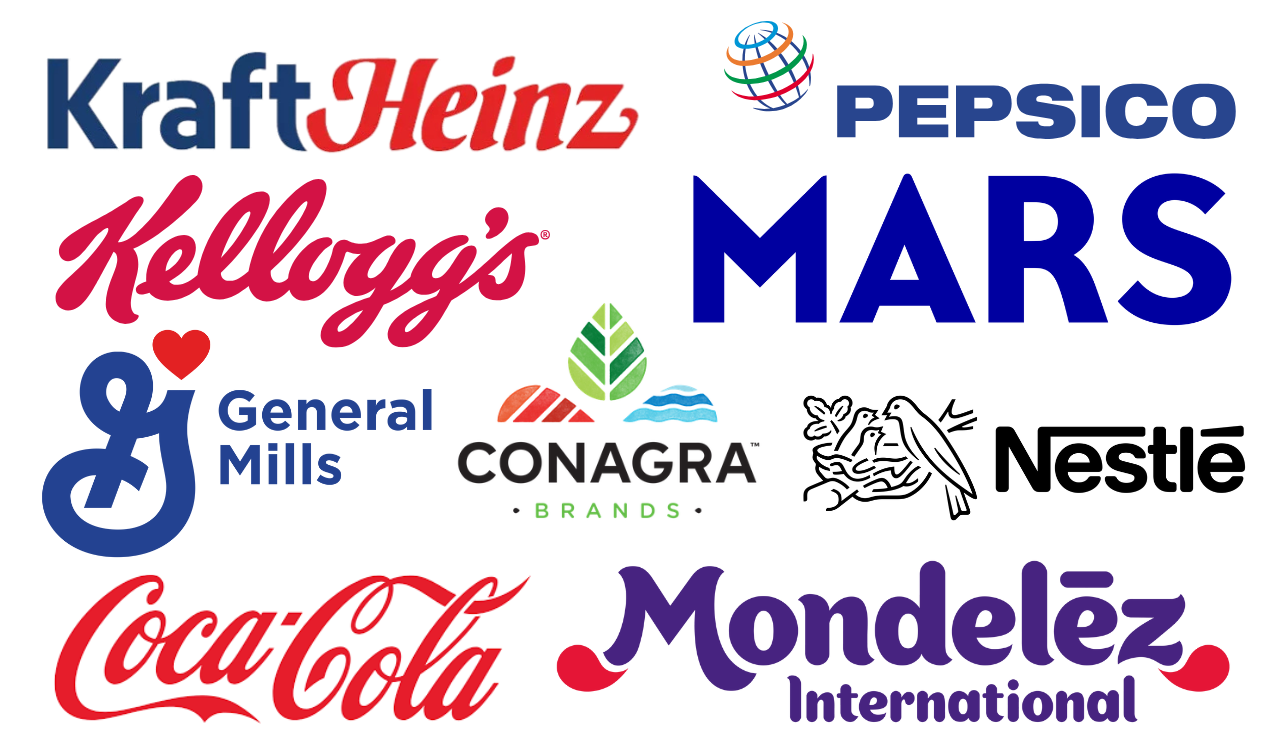Retail faces its most politicized chemical challenge yet. While California and the EU press forward with PFAS (per- and polyfluoroalkyl substance) bans, the federal government is pulling in two different directions. On one side, consumers, scientists, and lawmakers are demanding the removal of PFAS, also known as “forever chemicals.” On the other, the regulatory environment of the current administration is increasingly marked by ambiguities. The EPA delayed deadlines for two major PFAS compounds (PFOA, PFOS) until 2031. That delay, coupled with the removal of more obscure PFAS limits, illustrates a pivot toward lighter enforcement. The issues are complex, and goals are moving targets. We offer an audit of PFAS and action plans for retailers to be proactive and get ahead of regulatory developments.
Retail doesn’t get to choose the larger policy environment, but it can shape its own brand integrity. In today’s fractured regulatory landscape, where politics drive science and messaging matters, early adoption of PFAS-free solutions will come out as a leading strategy.
PFAS Baseline: From Technical Triumph to Toxic Liability
The private war on chemicals may be a proxy for a broader war on regulation. This places retail at a political and cultural crossroads, where chemical safety and regulatory trust are colliding. Are brands caught in a broader war on dangerous substances, or a backlash against regulation itself?
PFAS are under fire for their persistence in the environment and links to cancer, hormone disruption, and immune system suppression. Yet their utility has made them pervasive across textiles; PFAS have been a key enabler in creating water-resistant outerwear, wrinkle-proof linens, and stain-resistant upholstery. By design, they don’t break down and as a result, build up inside of people and the environment.
With regulation and public sentiment shifting, PFAS are no longer just a chemical issue, they are a retail supply chain, branding, compliance, and innovation challenge.
- California: The state banned the sale of any new textiles containing intentionally added PFAS under Assembly Bill 1817. The law took effect on January 1, 2025, with an extension to 2028 for outdoor apparel intended for severe wet conditions.
- New York: A similar ban on PFAS in apparel took effect on December 31, 2023.
- Maine: The state has enacted one of the country’s most comprehensive laws, which will ban PFAS in all products sold in the state by 2030 unless their use is deemed “currently unavoidable.”
- Washington: The state has passed legislation that will ban PFAS by 2027, with reporting requirements beginning in 2026.
- The European Chemicals Agency (ECHA) seeks to restrict over 10,000 PFAS.
Fallout: Regulation Is Rewiring Apparel, Home, and Retail Strategy
As the regulatory landscape tightens and public awareness grows, the ripple effects of these changes are now being felt across every segment of the retail industry. These operational shifts are not just about product reformulation—they require a fundamental rethinking of how brands manage and audit their supply chains.
Apparel
- Brands are phasing out PFAS from water-resistant outerwear, stain-resistant pants, wrinkle-free shirts, and moisture-wicking synthetics.
- Alternatives like waxed cotton, silicone-based repellents, and enzyme-washed finishes are replacing traditional DWRs, though they can reduce durability or raise costs.
- Labels like “fluorine-free” or “PFA-free” are becoming key marketing claims.
Home Textiles
- PFAS have long been used in stain-resistant upholstery, spill-proof table linens, wrinkle-free sheets, and quick-dry towels.
- With sales in states like California now impacted by new laws, major retailers are reformulating or dropping entire programs.
- Cooling sheets, performance throws, and stain-guarded cushions now require non-fluorinated coatings or different merchandising strategies.
Retail Strategy
- The same product that’s banned in California may remain completely legal for sale in Texas, creating inconsistencies.
- Certifications like OEKO-TEX® and bluesign® are helping retailers verify and communicate product safety.
- Consumer trust is increasingly tied to ingredient transparency. Lawsuits over misleading or incomplete labeling are growing.
- Sustainability messaging is shifting from carbon offsets to chemical safety and product integrity.
- Retailers that are lagging behind face lawsuits, unsellable inventory, and reputational damage.
Supply Chain Transparency & Costs
PFAS are rarely visible on the documentation of materials. They often reside in the fine print of chemical treatments at Tier 2 or 3 suppliers—used in dyeing, finishing, or coatings. Brands looking to comply with evolving regulations must now trace their supply chains far deeper than ever before.
- Multi-Tier Transparency: Leading companies are conducting comprehensive chemical audits across all tiers of their supply base. Tools like Higg FEM, ZDHC’s Gateway, and digital material passports are becoming essential for documenting inputs and managing risk.
- Supplier Audits and Partnerships: Brands are increasingly entering into long-term partnerships with mills and chemical suppliers to co-develop PFAS-free alternatives, with some investing directly in cleaner chemical startups.
- Risk Mitigation: Diversifying suppliers, locking in contracts for new finishes, and educating vendors on upcoming regulations are all part of the playbook.
- Cost Implications: Transitioning away from PFAS comes with costs—reformulating SKUs, retraining production teams, rewriting care labels, and absorbing higher raw material expenses. Retailers are also facing write-downs on noncompliant inventory as deadlines like California’s AB 1817 loom.
The Innovation Frontier
With supply chain transparency in place, the next challenge for brands is to drive innovation and find high-performing alternatives that meet both regulatory and consumer expectations. Moving past PFAS doesn’t just require reformulation. It requires reinvention. Performance remains non-negotiable, but the chemistry is evolving
- Emerging Alternatives: Textile labs are testing new PFAS-free DWRs based on dendrimer polymers, bio-based coatings derived from castor oil or corn, and plasma treatments. Fluorine-free coatings like AGS Group, Schoeller, Green Theme, and HeiQ are among the companies pushing the envelope.
- Performance Trade-offs: The shift away from PFAS means brands must manage consumer expectations. Many alternatives are less durable, require more frequent reapplication, or impact hand-feel. Performance parties are still a work in progress.
- Investment in R&D: Levi’s, Patagonia, and VF Corp have all increased R&D spending to develop or vet scalable replacements. Some are partnering with materials science firms or universities to future-proof their finishes.
Marketing, Merchandising & Consumer Clarity
As new technologies emerge, brands must also ensure that their marketing strategies clearly communicate these changes and build consumer trust. Chemical content may be invisible, but it’s now part of a product’s story. PFAS transitions are now messaging assets, but caution, communicate carefully.
- Authentic, Clear Storytelling: Successful brands manage messaging carefully, educating consumers without causing alarm. Claims like “PFA-free,” “fluorine-free,” or “OEKO-TEX® certified” are being reworked into packaging, hangtags, and PDPs.
- Educating Sales Associates: Retailers are developing internal training materials to help staff answer consumer questions. In-store signage and online FAQ sections now include content on PFAS safety and sustainability.
- Visual Merchandising: Some retailers use color-coded hangtags, dedicated rack callouts, and digital badging to distinguish safer product lines.
- Greenwashing: With lawsuits emerging over misleading environmental claims, brands must walk the line carefully. All claims need to be backed by testing and third-party validation. An “eco” icon alone won’t cut it.
Operational Challenges and Strategic Responses
Clear communication is just one piece of the puzzle—brands must also address the complex operational realities that come with regulatory compliance and market shifts. The business side of chemical compliance is as complex as the science. Smart brands proactively navigate compliance and commercial cycles.
- Inventory Management: Retailers are phasing out PFAS-containing SKUs ahead of 2025 bans. Some are fast-tracking clearance events, and others are quietly relabeling or removing claims.
- Global Harmonization (or lack thereof): Brands operating internationally must navigate a patchwork of rules. The EU’s REACH proposal may ban over 10,000 PFAS, while U.S. state and federal policies remain inconsistent. What’s banned in California might still be legal in Texas, and commonplace overseas.
- Testing and Verification: Brands are investing in more rigorous third-party testing and documentation. SGS, Bureau Veritas, and Intertek are all expanding chemical analysis offerings.
PFAS as the Canary in the Chemical Coalmine
The lessons learned from navigating PFAS regulations are already setting the stage for how the industry will respond to future chemical challenges. PFAS are just the beginning, and their enforcement is setting a precedent for future chemical regulation.
- What’s Next? Antimicrobial finishes, flame retardants, and certain synthetic dyes may be next in the regulatory spotlight. A proactive approach now can help avoid a scramble later.
- Holistic Chemical Management: Leading brands are adopting chemical management platforms that go beyond PFAS and track all restricted substances from the start of product development.
- Circularity and Chemical Safety: PFAS-free fabrics are more likely to be recyclable and safer at end-of-life. For brands pushing circularity, safer chemistry is a prerequisite.
Actionable Insights
With broader trends in mind, here are practical steps that retailers and brands can take to stay ahead of a rapidly changing regulatory environment.
- Conduct a full chemical inventory across all SKUs and supply tiers.
- Audit Tier 2 and Tier 3 suppliers and update compliance documentation.
- Collaborate on non-toxic finishes with supply partners
- Invest in materials R&D or partner with innovation labs.
- Update PDPs, tags, and marketing to reflect verified safety.
- Train internal teams such as your sourcing, product development, and sales teams.
- Monitor evolving global regulations to avoid misalignment.
- Develop international product and compliance strategies.
Retail doesn’t get to choose the larger policy environment, but it can shape its own brand integrity. Compliance issues aside, it is a market opportunity. In today’s fractured regulatory landscape, where politics drive science and messaging matters, early adoption of PFAS-free solutions will come out as leaders.
Consumers are paying closer attention to ingredients and inputs, not just in food, but in fabric. Brands that lean into transparency, invest in science-backed solutions and communicate clearly will emerge stronger. Those who wait for federal clarity risk being defined by indecision.





